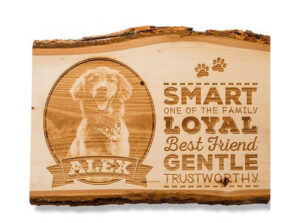You can engrave wood, timber, or bamboo in various ways. Laser engraving is the fastest and most efficient way. However, the quality of the engraving depends on multiple factors. For instance, the type of wood, laser, device specification, and operator’s skills are noteworthy. Do you know that the kind of wood is the most crucial here? So, you should realize the importance of understanding the best wood for laser engraving.
Today, we will discuss some popular types of wood for laser engraving. You can understand the performance of different types of lasers on different types of wood. In addition, you can choose the right option for your project between hardwood and softwood. Actually, the main goal of today’s topic is to find the best wood for laser engraving. So, no more introduction, and let’s dig in.
What Makes Wood Suitable For Laser Engraving?
People often use lasers to engrave on wood. It can be used for laser etching because of a few things. Because of these things, wood is an excellent choice for making accurate and detailed carvings. Actually, there are many kinds of art that you can make.

Density
Laser engraving works best on wood that isn’t too dense or light. The laser beam melts the wood’s surface when it hits it. Remember that engravings made from denser woods tend to be clearer and sharper. But they might need higher laser power settings.
Grain Pattern
Wood’s natural grain pattern gives laser carvings a unique look. The laser can only remove material that is along the grain lines. It makes different layers and unique shapes. The grain patterns of different types of wood are different.
Moisture Content
For laser engraving to work, the wood must have the right amount of moisture. When the laser hits the wood, it could catch fire if it is too dry. Besides that, it could end badly. On the other hand, wood with a lot of water makes too much smoke and char when engraved.
These three properties primarily make wood suitable for laser engraving. Although, when choosing the best wood for laser cutting, you should also consider other factors. Still, knowing what happens when a laser beam hits wood is essential.
Absorption
Through absorption, the wood turns the laser energy into heat. This absorption is affected by things like the type of wood, its color, and the finish on the surface. Darker Woods with rougher surfaces tend to soak up more laser energy. It makes the engraving go faster and deeper.
Vaporization
When the laser beam hits the wood, it gets hot, and the top layer falls off. The pattern or design that is engraved on the wood surface is made by this vaporization process.
Melting and Resolidification
Besides vaporization, the laser’s heat can also melt parts of the wood surface. When the material cools down, it solidifies again, leaving the engraved designs behind. It is very important to control the laser settings in order to get the depth and clarity you want. It helps you reduce the amount of charring or burning.
Best Wood For Laser Engraving?
In this section, we won’t discuss them in brief. Instead, we will highlight the primary properties that affect the laser engraving quality.
Cherry
It offers a fine grain and a smooth texture. This wood is perfect for laser etching because of this. It allows for intricate details and sharp contrasts in designs.
Its moderate density and hardness provide stability during engraving. It results in precise and consistent results.
Popular Laser Products: Custom wood engraving, wooden plaques & awards, jewelry boxes & keepsake
Alder
The light color and even roughness of alder make it an excellent material for laser engraving. In addition, you can make precise marks.
Because it has a medium density, it can be used for carving at different levels and with complex designs.
Popular Laser Products: Cutting boards, kitchenware, coasters, décor & signage
Hard Maple
Hard maple’s pale color and tight grain structure make it an excellent material for laser etching. The etchings will be clear and full of detail.
It can be used for narrow and deep engraving because it is dense and strong. It leads to ideas that last and have an effect.
Popular Laser Products: Cutting boards, serving trays, bookmarks, desk accessories, signage, plaques
Other Woods May Also Be Used
- Basswood is ideal for complex engravings and detailed laser engravings. It is because of their softness and fine grain.
- Belsa is famous for its exceptional grain patterns. Its suitability for artistic laser engraving applications makes it popular. Popular products are decorative panels and personalized gifts.
Hardwood Vs Softwood: Which One Is Right For Your Project?
Hardwood and softwood are common wood types used for laser etching or engraving. Not how hard they are, but the plants that made them are what make them unique. Knowing what makes each type different is important when choosing wood for laser engraving projects. You already know that it changes the engraving’s general look, depth, and complexity.
| Criteria | Hardwood | Softwood |
| Density | Generally Denser | Generally less dense |
| Hardness | Harder | Softer |
| Grain Patterns | Usually tighter and more pronounced | Often more open and less defined |
| Availability | Less common, often more expensive | More readily available, usually Cheaper |
| Durability | Typically more durable and resistant to wear | Often less stable, more prone to dents and scratches |
| Examples | Oak, Maple, mahogany and more | Pine, Cedar, Spruce, and more |
Hardwood is better for applications that need to last a long time and have fine features. This kind of wood is perfect because it is thicker and has a tighter grain pattern. Softwood, however, is suitable for projects where availability and low cost are essential. But it is ideal for high-wear applications.
How to choose the best wood for laser engraving
It’s crucial to pick a suitable wood for laser etching. You know that it helps you achieve the desired laser engraving result. Several factors affect choosing the best wood for a laser engraver. They ensure that the wood is suitable for the laser engraving process. Check out the following two parameters besides the properties of different woods.
Resin Content
The amount of resin in the wood is one of the most important things to think about when picking a wood for laser engraving. Resin is a natural product found in many kinds of wood. It can change the way the engraving is done.
Woods with high resin content may produce undesirable results when laser engraved. The heat that comes from the laser can cause the resin to melt and create sticky residues on the etched surface. A few types of wood for laser engraving are pine or cedar.
Woods that are low in resin, on the other hand, make engravings that are cleaner and sharper. The result comes without the interference of the melted resin. A few types of wood for laser engraving are cherry, alder, or maple.
Streaking
Streaking is the presence of visible lines on the wood’s surface. Do you know it can detract from the quality of the engravings? Certain wood species are more prone to streaking than others. It actually depends on grain pattern and density.
Wood with pronounced grain patterns or uneven density may exhibit streaking when engraved with a laser. Opt for woods with uniform grain patterns and consistent density to minimize such cases. A few types of wood are hard maple or birch. These woods tend to engrave more smoothly. They also produce cleaner results with minimal streaking.
Frequently Asked Questions
Q1. Is pine wood good for laser engraving?
Yes, pine is a suitable wood for laser engraving. It is famous because it has a mild density and a regular grain pattern. But compared to hardwoods, it might not make as much difference. You should do some pre-testing to find the best choices for getting the depth and sharpness of the engraving you want.
Q2. Is mahogany good for laser engraving?
Yes, mahogany is suitable for laser engraving. It offers moderate hardness and fine-grain patterns. Mahogany and maple change color clearly when they are engraved. These types are great for engraving because they have very high contrast. But it might need to be etched more slowly than softwoods. Consecutively, it needs to be set to a higher power level.
Q3. Should I sand the wood before laser engraving?
Yes, sanding the wood before laser engraving is necessary. It helps to create a smoother surface. Do you know it reduces the risk of inconsistent engraving depths? It also ensures better image quality. In addition, sanding removes any surface imperfections. These defects could make the engraving less clear and accurate.
Q4. Should you wet wood before laser engraving?
Wetting wood before laser engraving is generally not recommended. This could make some projects better. But if you don’t want that, use wood with fewer grains. Putting water on the wood can significantly reduce burning. You can use either a spray bottle or a wet cloth for this. Don’t forget to soak the wood.
Q5. Is bamboo wood good for laser engraving?
Yes, bamboo wood is suitable for laser engraving. It has excellent hardness, durability, and uniform texture. It is engraved well and produces crisp and precise details.
Conclusion
Selecting the best wood for laser engraving is essential. You know, it impacts product quality and client satisfaction. The suitable wood for laser engraving also helps you beat out competitors. Overall, you will be able to meet customer standards. Consider how long the wood will last, how clear the grain is, and how much it costs.
HiSpeed LS-1390 is the best laser engraver for wood. This model is especially ideal for all types of woodworking laser engraver applications. In Hispeed laser inventory, you can get a wide range of laser etchers for wood. For more information, feel free to contact us.
